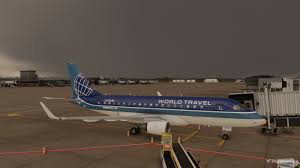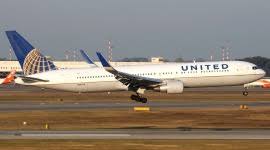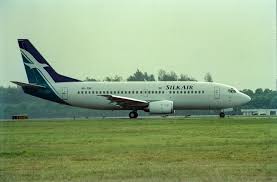The Recovery and Future of Global Airlines

Introduction
The global airlines industry plays a critical role in connecting people and facilitating trade around the world. With the COVID-19 pandemic having a catastrophic impact on travel and tourism in 2020 and 2021, the subsequent recovery phase has become a focal point for stakeholders across the industry. As of late 2023, airlines are grappling with emerging trends, economic pressures, and consumer preferences that will shape their future operations.
Recovery Phase Post-Pandemic
The resurgence of air travel has been remarkable, with the International Air Transport Association (IATA) reporting that global passenger numbers have rebounded to about 85% of pre-pandemic levels. Moreover, many airlines have adapted their business models, embracing changes in consumer behaviour driven by COVID-19. Enhanced health protocols, increased digitalisation, and flexibility in booking have become standard practices as carriers strive to reassure flying customers.
Major Developments and Challenges
As the industry stabilises, airlines are facing several challenges including rising fuel costs, labour shortages, and geopolitical tensions that might impact air travel routes. In September 2023, oil prices surged due to ongoing conflicts in oil-producing regions, leading to increased operational costs for airlines. Airlines such as British Airways and Lufthansa are responding by raising ticket prices, prompting discussions on the future affordability of air travel.
Furthermore, the ongoing labour shortage, exacerbated by pandemic-related layoffs, has made recruitment a priority for airlines looking to maintain efficient operations. Many carriers are investing heavily in training and retaining staff, while also exploring automation to alleviate some pressure.
Innovative Trends and Sustainability Initiatives
Another significant shift within the airline industry is the growing emphasis on sustainability. Major airlines are setting ambitious goals to reduce carbon emissions, with a pivotal focus on exploring sustainable aviation fuel (SAF). For instance, industry leaders like Delta Air Lines and KLM have begun integrating SAF into their operations, a move that can potentially halve emissions when compared to traditional jet fuels. The aim is not only to comply with stringent regulations but also to align with consumer expectations as more travellers demand environmentally friendly options.
Conclusion
The global airlines sector is at a crossroads, balancing recovery with innovative trends and sustainability challenges. As we move into 2024 and beyond, airlines will need to remain agile in their operational strategies to adapt to fluctuating market dynamics and consumer behaviours. The industry’s ability to recover fully hinges on its response to these factors, making it vital for stakeholders to invest in technology, sustainability, and talent to ensure long-term success in a competitive global environment.









